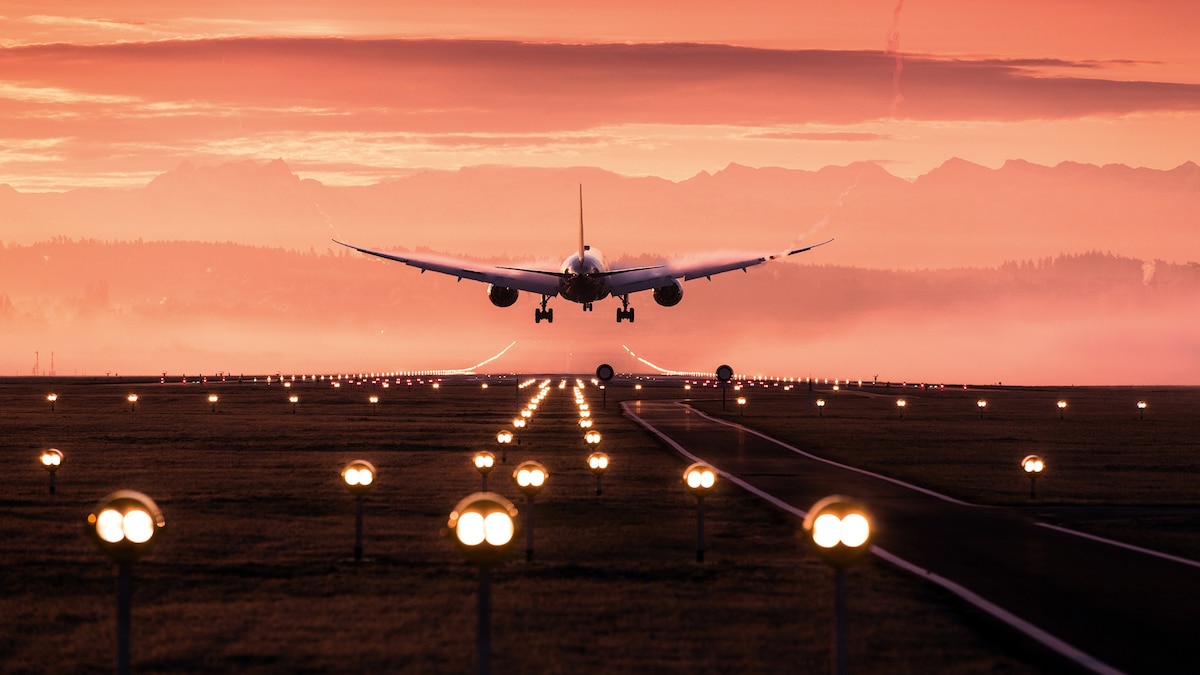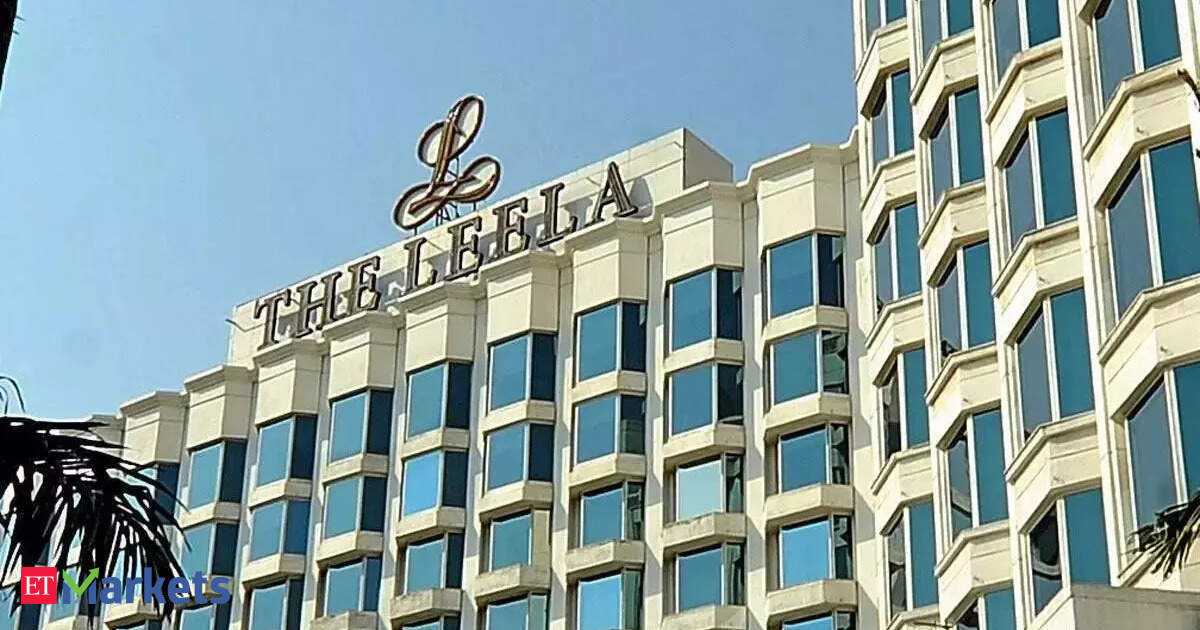Now Reading: Are airline loyalty schemes worth it?
-
01
Are airline loyalty schemes worth it?
Are airline loyalty schemes worth it?

This article was produced by National Geographic Traveller (UK).
When British Airways (BA) launched its revamped frequent-flyer scheme on 1 April, it probably didn’t anticipate the furore that would follow. The new logo and name change — a contraction from the Executive Club to simply the Club — were uncontroversial. Instead, the outcry concerned the airline changing the way it plans to reward its customers.
Like most airline loyalty schemes, BA rewards its customers with two sets of points. The first, reward points — known as Avios in BA’s case — are essentially an airline currency, and you can save these over months or years and redeem them for cheap flights and upgrades. The second, loyalty points, which BA calls Tier points, are collected over a single year and will move you up the status ranks as they accumulate, unlocking valuable free perks such as priority check-in and lounge access in the process. Because loyalty points refresh every year, you have to keep flying to keep enjoying those perks. For some, loyalty points are such a powerful incentive that they’ll think nothing of doing a ‘status run’, where the sole purpose of the trip is to acquire enough points to maintain or improve their status rank.
Until recently, BA determined the amount of Avios and Tier points you earned according to your ticket class and the distance travelled. With some clever route selection, it was possible to game the system and hit the top status of Gold by spending less than £3,000 a year, unlocking the right to use BA’s first-class airport lounges for free, even when flying in economy. But as part of the changes that came into effect on 1 April, BA is now awarding flyers one Tier point for every £1 spent instead. Crucially, only the portion of the basic fare, minus any taxes or fees, is eligible for points. So, just to hit the lowest elite status, which is Bronze, you’d now have to spend upwards of £3,500 a year.

“Airlines have had to rethink how they deliver value through these programmes,” says John Stephenson, managing director of business travel specialists YTC. “Many have devalued their schemes slightly or made it harder to reach elite tiers. But, at the same time, they’re doubling down on loyalty as a revenue stream — offering more ways to earn and redeem points beyond flights.”
Photograph by Getty Images, CandyRetriever
Stick or switch
With more than 13 million members worldwide, BA’s announcement was bound to cause ripples. Sure enough, frequent-flyer forums such as FlyerTalk lit up with users declaring the end of their loyalty to BA, while others lamented that it was ‘good while it lasted’. The overall sentiment was that achieving elite status under the new scheme would become prohibitively expensive, and the perks were no longer worth it.
Changing allegiances is suddenly high on the agenda for some flyers. Status Match, a website where frequent flyers can move their elite status from one airline to another, reported an 800% increase in enquiries from BA members in the weeks following the announcement.
Except, even with dozens of loyalty schemes out there, it doesn’t always make sense to switch. For one, if you want to earn elite status, many airlines require you to fly with them several times a year — with this topped up by flights with their partner airlines. And if the airline doesn’t fly where you want to go, its loyalty scheme will offer little improvement on the current situation. There’s also the issue of redemption. It can be harder to spend your points if the loyalty scheme is based in another country, there are few reward seats or if there are restrictions on how you can spend the points with the airline’s partners.
BA isn’t the only airline to restructure its loyalty scheme given the financial pressures on airlines post-Covid. Iberia, a subsidiary of IAG (BA’s parent company), also made changes on 1 April. Australia’s flagship carrier Qantas and Germany’s Lufthansa look set to switch up their schemes in 2025, too.
“Airlines have had to rethink how they deliver value through these programmes,” says John Stephenson, managing director of business travel specialists YTC. “Many have devalued their schemes slightly or made it harder to reach elite tiers. But, at the same time, they’re doubling down on loyalty as a revenue stream — offering more ways to earn and redeem points beyond flights.”
That’s the crux of it: loyalty schemes aren’t just valuable to airlines for the travellers they bring back; they’re money spinners on their own.
Take IAG Loyalty, the subsidiary of IAG that operates Avios. In 2024, it generated profits totalling £420m for the aviation group. Avios sells its points to a company for one price, which that company can then award their customers; when the customer redeems those points, Avios buys them back for less.
IAG told shareholders in a 2024 report that IAG Loyalty ‘has high growth, structurally higher margins than the Group’s other operating companies, is less seasonal and generates strong free cash flow’. In other words, Avios is much more profitable than operating an airline.

When it comes to spending your points, the options are similarly numerous, but it pays to be a bit more savvy. Reward flights are the most obvious choice here, and if you do decide to use your points this way, look towards the premium end. You might pay three or four times the amount of points for a business-class ticket compared to economy, but the cash equivalent would cost you 10 times more, according to Burgess.
Photograph by Getty Images, Daniel Garrido
Unlikely winners
While frequent flyers have lost in the push for profits, infrequent flyers have come out as winners, in part because there are now more chances to earn and redeem.
“The easiest way of collecting large chunks of points is, without a doubt, credit card sign-up bonuses,” according to Rob Burgess, editor of frequent-flyer website Head for Points. “In the UK, you currently have
American Express offering 80,000 points on the Platinum Card [when you spend £12,000 in the first three months], for example, which convert to 80,000 airline miles. You’d need to spend nearly £20,000 with BA to earn the same number of Avios points that Amex Platinum gives you just for signing up.”
These reward-linked credit cards will also let you earn points on your spending, so you could work your way towards reward flights just by doing your weekly shop.
There are options for those who don’t want a credit card, too. Many airlines will let you earn points by shopping with one of their retail partners. Or you can convert loyalty points already accrued elsewhere — Tesco vouchers can be exchanged for Virgin Atlantic’s Flying Club points, for example. BA leads the way when it comes to alternative ways to earn points. Doing surveys, taking an Uber home after a night out and opening an investment account can all net you Avios points.
When it comes to spending your points, the options are similarly numerous, but it pays to be a bit more savvy. Reward flights are the most obvious choice here, and if you do decide to use your points this way, look towards the premium end. You might pay three or four times the amount of points for a business-class ticket compared to economy, but the cash equivalent would cost you 10 times more, according to Burgess.
You can also maximise your points value by being flexible with when you redeem them for flights. “Some of the best deals come from booking as early as possible, especially for long-haul flights,” says Fiona Spinks, a frequent traveller between the UK and New Zealand for her travel blog Following Fiona. “And upgrades quite often get more value than free tickets, especially for travelling internationally in business class.”
If you don’t want to spend your points on travel, your redemption options can vary depending on which frequent-flyer scheme you’re a member of. BA’s offering includes experiences and cases of wine, while Flying Blue, the loyalty scheme for Air France and KLM, will allow you to pick out items from an online shop that stocks everything from Samsonite suitcases to iPhones. Many frequent-flyer schemes will also allow you to gift points to a loved one, or donate them to charity.
But with all this in mind, it’s worth remembering that airlines want to build loyalty through these schemes. To do that, they have to draw you in — and that means offering benefits to entry-level members as an incentive.
BA, for example, gives all of its Club members free access to its basic internet package, allowing text-only messages and emails to be exchanged for the duration of the flight on wi-fi-enabled aircraft. Meanwhile, Virgin Atlantic gives its Flying Club members priority boarding over non-members in economy, and free economy seat selection seven days before travel if they’ve booked with Virgin Atlantic Holidays. This is just another reason why, even when the loyalty landscape looks bleak, it might be worth staying in the game.
Published in the June 2025 issue of National Geographic Traveller (UK).
To subscribe to National Geographic Traveller (UK) magazine click here. (Available in select countries only).























